Shrimp farmers in Vinh Linh district prepare carefully before entering the new shrimp farming season - Photo: LA
The epidemic began to break out.
Mr. Tran Van Son of Huynh Thuong Cooperative, Vinh Son Commune, Vinh Linh District said that after completing the pond renovation, at the end of February 2025, he released 100,000 white-leg shrimp fry on an area of 3,500 m2. However, when the shrimp were about 45 days old, he saw that the shrimp began to drift ashore and die in large numbers. Observing the shrimp's appearance, there were signs of acute hepatopancreatic disease.
According to Mr. Son, the shrimp seeds were obtained from a seed production facility in Ninh Thuan province, with full quarantine certificates. Therefore, in his opinion, the shrimp died of disease possibly due to unfavorable water environment or residual pathogens in the soil. “I suffered quite heavy losses in the 2024 shrimp farming season, partly because the shrimp died of disease, and partly after restocking, a major flood in October 2024 flooded the pond, causing a total loss. Now the shrimp are dying en masse due to disease, and debt is piling up,” Mr. Son said in frustration.
Similarly, at Phan Hien Cooperative, which is saddened by the shrimp ponds dying due to disease, Mr. Tran Quang Dung said that after the 2024 crop failed miserably due to shrimp dying due to disease, in early 2025, he continued to prepare ponds and stock 100,000 white-leg shrimp on an area of 0.3 hectares.
However, after less than 1.5 months of farming, all the shrimp in his pond died due to disease. “It is estimated that the debt for shrimp seed and shrimp feed must be over 100 million VND. But now if we don’t raise shrimp, we don’t know what to do to make a living,” Mr. Dung lamented.
Chairman of Vinh Son Commune People's Committee Than Trong Dung said that the whole commune currently has about 172 hectares of shrimp farming area with 455 farming households. The harvest output in 2024 will reach over 225 tons, with revenue of about 25 billion VND. However, because in 2024 the shrimp farming area was damaged by disease up to 90 hectares, in total, the whole commune only had about 60 households making a profit, the remaining 121 households broke even and up to 277 households lost capital.
Entering the 2025 shrimp farming season, the Commune People's Committee has directed cooperatives and shrimp farming households to focus on renovating ponds, stocking in a spread-out manner and strictly following the stocking schedule from March 15 onwards. However, due to the impatience to stock, many shrimp farming households have stocked shrimp since the beginning of February 2025. Up to this point, over 100 hectares have been stocked for 2 - 2.5 months, of which about 30 hectares have died due to diseases, according to the experience of shrimp farming households, mainly red body and acute hepatopancreatic diseases.
According to Mr. Dung, the reason for the early appearance of the disease is that this year's weather is quite unfavorable, with prolonged cold and rain not favorable for pond renovation. When shrimp are released for farming, the cold weather makes them grow slowly and have poor resistance. On the other hand, according to the results of water source monitoring on the Sa Lung River, the agricultural sector recommends not releasing shrimp seeds yet, but shrimp farmers do not do so, leading to the outbreak of the disease.
According to Mr. Dung, the worrying thing is that because the procedures to receive support for Chloril chemicals to fight the epidemic are quite complicated, shrimp farmers mainly buy chemicals themselves to treat it. "In 2024, out of a total of 213 shrimp farming households affected by the epidemic in the whole commune, only 3 households applied for support for chemicals to fight the epidemic with a total of 1.9 tons of Chloril. Currently, most households affected by the epidemic buy chemicals themselves to treat it," said Mr. Dung.
Adhere to the correct crop schedule and high-tech farming
That is the opinion of Mr. Tran Van Dung of Phan Hien Cooperative, Vinh Son Commune, one of the first shrimp farming households to apply the high-tech shrimp farming model in the province. Mr. Dung said that with the experience gained after more than 10 years of shrimp farming, he realized that this year's weather was quite unfavorable, so instead of rushing to stock, he carried out the steps in the pond renovation process more carefully.
Replace all the tarpaulins in the pond, re-embank the banks with concrete, re-line the tarpaulins, and supply water to the settling pond for treatment according to the process before supplying it to the pond. According to Mr. Dung, with high-tech shrimp farming, he only uses about 1/4 of the water surface area to raise shrimp, the rest is used for settling ponds to filter water.
This helps farmers to be proactive in choosing the time to supply water and treat water before putting it into the pond. Raising fish indoors should manage diseases well, be less affected by the environment, raise in 2-3 stages so the chance of winning is higher, if there is an epidemic, the damage is also less.
“In 2024, I will raise 3 crops. Although some crops are profitable and some are not, the profit will be about 1.8 billion VND. In 2025, I plan to raise only 2 crops, in which the first crop is expected to be released in 3-5 days to harvest on September 2nd,” Mr. Dung shared.
According to Deputy Director of the Department of Agriculture and Environment Nguyen Huu Vinh, in order to improve production efficiency, the department has issued guidelines for the brackish water shrimp stocking season in the province from March 15 and ending before May 30, and harvesting before October 15 to avoid damage caused by natural disasters. Only 1 crop/year and 1-2 crops/year for white-leg shrimp. On that basis, localities will base on the actual situation in farming areas to recommend and guide appropriate stocking season schedules.
Proactively develop plans, allocate resources and organize the implementation of comprehensive disease prevention and natural disaster prevention measures during production. Strengthen the management of shrimp seed quality, do not allow poor quality shrimp seed of unknown origin to circulate in the area. Mobilize farming households to build cooperative and community models in aquaculture in concentrated farming areas to raise awareness of disease prevention, environmental protection and support each other in the production and consumption of products.
Encouraging shrimp farming according to multi-stage processes and releasing large-sized shrimp for commercial farming, shrimp farming according to VietGAP standards... "The Department of Agriculture and Environment also directed specialized units to increase staff to propagate and guide measures to prevent and control dangerous diseases in shrimp farming and mobilize farmers to raise public awareness in preventing and controlling aquatic diseases.
Coordinate with local authorities to promptly detect outbreaks of disease to promptly deploy measures to prevent, control, and limit the spread of aquatic diseases on a large scale," Mr. Vinh added.
Le An
Source: https://baoquangtri.vn/can-trong-truoc-vu-nuoi-tom-moi-193203.htm




![[Photo] National Assembly Chairman Tran Thanh Man chairs the meeting of the Subcommittee on Documents of the First National Assembly Party Congress](https://vphoto.vietnam.vn/thumb/1200x675/vietnam/resource/IMAGE/2025/5/8/72b19a73d94a4affab411fd8c87f4f8d)
![[Photo] Prime Minister Pham Minh Chinh meets with the Policy Advisory Council on Private Economic Development](https://vphoto.vietnam.vn/thumb/1200x675/vietnam/resource/IMAGE/2025/5/8/387da60b85cc489ab2aed8442fc3b14a)
![[Photo] General Secretary concludes visit to Azerbaijan, departs for visit to Russian Federation](https://vphoto.vietnam.vn/thumb/1200x675/vietnam/resource/IMAGE/2025/5/8/7a135ad280314b66917ad278ce0e26fa)
![[Photo] President Luong Cuong presents the decision to appoint Deputy Head of the Office of the President](https://vphoto.vietnam.vn/thumb/1200x675/vietnam/resource/IMAGE/2025/5/8/501f8ee192f3476ab9f7579c57b423ad)




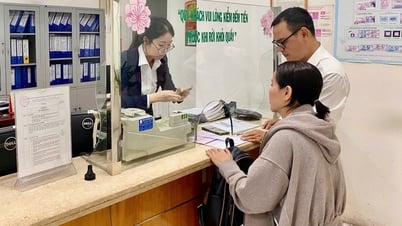






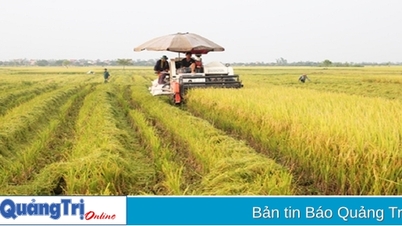
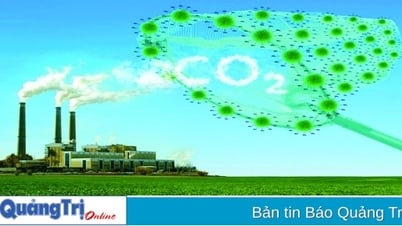

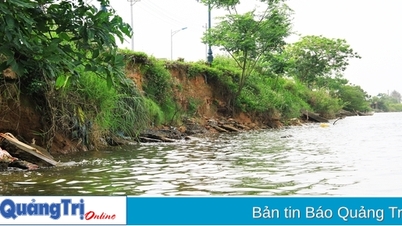



































![[Photo] Prime Minister Pham Minh Chinh talks on the phone with Singaporean Prime Minister Lawrence Wong](https://vphoto.vietnam.vn/thumb/402x226/vietnam/resource/IMAGE/2025/5/8/e2eab082d9bc4fc4a360b28fa0ab94de)












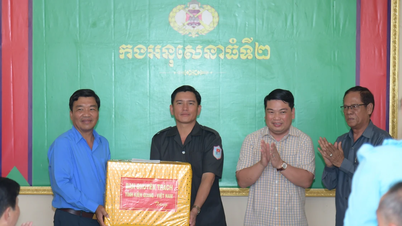

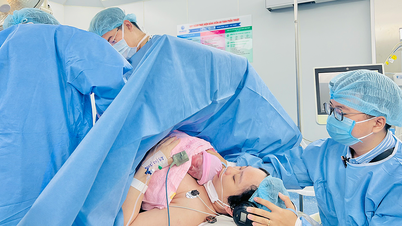

















Comment (0)